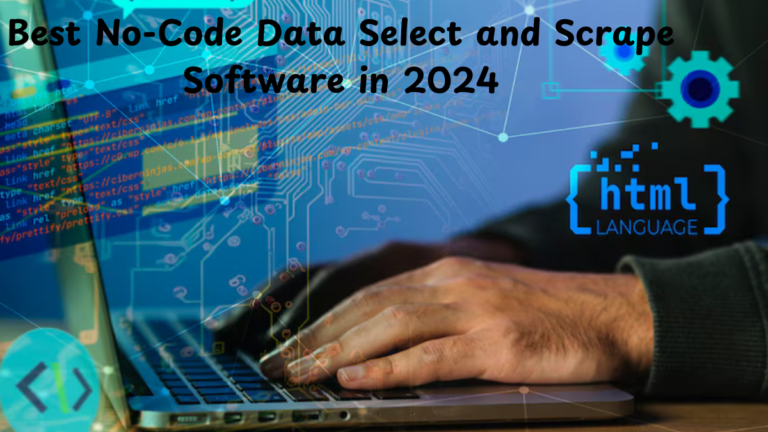The Power of HCP Analytics: Data-Driven Decision-Making in Life Sciences Compliance
In today’s life sciences industry, compliance and technology go hand in hand to maintain ethical practices, transparency, and strategic decisions.
With its complex relationships between pharmaceutical companies, medical device manufacturers, and healthcare professionals (HCPs), the industry requires a nuanced approach to HCP compliance. At the intersection of cutting-edge technology and medical compliance; HCP analytics provides unparalleled opportunities for data-driven decision-making.
In this comprehensive guide, we will explore the various applications of HCP analytics in different business functions and how it can boost life sciences compliance. Life sciences companies can transform the way compliance programs are managed in 2024.
What Are HCP Compliance Requirements?
Before diving into the potential of analytics, it’s essential to understand what HCP compliance entails. HCP compliance refers to adhering to rules and regulations that govern interactions between healthcare professionals and life sciences companies, with a specific focus on transparency, anti-bribery, and preventing undue influence.
These regulations are primarily dictated by laws such as the Anti-Kickback Statute (AKS), the Sunshine Act, and the Foreign Corrupt Practices Act (FCPA) in the United States. Failure to comply with these rules can result in hefty penalties, reputational damage, and even criminal charges.
Understanding the Concept of HCP Analytics
HCP analytics involves the systematic analysis of data related to healthcare professionals. This data includes information about their interactions, prescribing patterns, research activities, and more. By leveraging advanced analytical tools like AI and machine learning, organizations can gain valuable insights into HCP behavior and trends, facilitating better decision-making and compliance management.
How Does HCP Analytics Fuel Compliance Programs?
HCP analytics involves gathering, processing, and analyzing data on healthcare professional interactions. It helps life sciences companies make informed decisions, manage compliance risks, and maintain transparent relationships.
Let’s explore the key ways in which HCP analytics drives data-driven decision-making in compliance programs:
1. Identifying High-Risk HCP Engagements
One of the core advantages of HCP analytics is the ability to identify high-risk engagements. Not all HCPs represent the same level of compliance risk. For instance, interactions with HCPs who prescribe a high volume of a company’s products or those who have had compliance issues in the past might warrant closer scrutiny.
Using an advanced HCP analytics platform like qordata’s Global HCP Engagement Solution, companies can assign risk scores to individual HCPs. By analyzing factors such as prescribing patterns, compensation, and the nature of engagements, these platforms allow compliance teams to identify red flags and focus their efforts on mitigating high-risk activities.
2. Ensuring Fair Market Value (FMV) Compliance
Ensuring that payments to HCPs are consistent with fair market value is a critical aspect of HCP compliance. Overcompensating HCPs can lead to allegations of kickbacks or undue influence, which can violate the Anti-Kickback Statute.
HCP analytics can help establish data-driven benchmarks for FMV, comparing compensation offered to HCPs against industry standards and historical data. This approach ensures that all payments fall within acceptable ranges, reducing the likelihood of compliance violations. By leveraging an HCP engagement solution, companies can automate FMV assessments, ensuring consistent and compliant compensation practices.
3. Detecting Anomalous Patterns and Fraudulent Activities
The vast amount of data generated through HCP engagements provides an opportunity to identify anomalous patterns that may indicate compliance risks. For instance, if an HCP is being engaged repeatedly without a clear justification or if there are sudden spikes in expense claims, these could be indicators of fraudulent activity or a potential compliance breach.
HCP analytics can leverage artificial intelligence (AI) and machine learning (ML) algorithms to detect these anomalies in real time. By setting predefined triggers and thresholds, compliance teams can flag irregularities early, investigate root causes, and take corrective actions before issues escalate.
4. Optimizing HCP Engagement Strategies
Analytics also plays a key role in optimizing HCP compliance strategies. By analyzing past interactions, companies can determine the most effective ways to engage HCPs while staying compliant. For instance, analyzing the outcomes of different types of engagements—such as advisory boards, consulting, and speaking events—can help in developing a strategy that maximizes impact without crossing regulatory lines.
Data-driven insights can be used to set guidelines for the frequency and type of HCP interactions, minimizing the risk of perceived conflicts of interest. HCP compliance analytics allows compliance teams to draw on real-time data, developing strategies that are both effective and compliant, aligning HCP engagements with business goals while mitigating compliance risks.
5. Enabling Comprehensive Reporting and Transparency
The Sunshine Act and similar regulations require companies to disclose payments and transfers of value to HCPs. Keeping track of every interaction and compiling the required reports can be an administrative burden if done manually.
HCP analytics automates data collection and reporting, ensuring that all required information is accurately captured and reported in a timely manner. An HCP engagement platform streamlines the process of preparing transparency reports, reducing the administrative workload and minimizing the risk of errors. The ability to provide comprehensive and accurate reports also helps in maintaining trust with regulators, stakeholders, and the public.
The Role of Real-Time Data in Compliance Decision-Making
HCP analytics provides compliance teams with the tools to monitor interactions in real-time, allowing for proactive decision-making rather than reactive measures. This means that potential compliance risks can be mitigated before they evolve into full-blown issues, significantly reducing the risk of regulatory penalties. Real-time data also facilitates continuous monitoring, enabling companies to adapt to changes in regulations and internal policies effectively.
Fostering a Culture of Compliance with Data-Driven Insights
A strong culture of compliance is essential in ensuring that HCP engagements remain ethical and transparent. Data-driven insights from HCP analytics allow compliance teams to educate and train their colleagues on emerging risks, best practices, and the consequences of non-compliance.
Analytics dashboards and reports can be shared across departments—such as medical affairs, sales, and marketing—ensuring that everyone in the organization understands the importance of compliance and has access to the information they need to make compliant decisions. An HCP Engagement platform provides user-friendly visualizations that make it easy for non-compliance professionals to interpret data, fostering a compliance-centric mindset throughout the organization.
Conclusion
The power of HCP analytics lies in its ability to transform vast amounts of data into actionable insights that drive better decision-making. By leveraging analytics, life sciences companies can identify risks, ensure transparency, and optimize their HCP engagement strategies while staying compliant with the complex regulatory landscape.
The role of data in compliance is growing, and companies that invest in advanced HCP analytics solutions are well-positioned to navigate the challenges of HCP compliance with confidence. The future of compliance lies in data-driven decisions, and HCP analytics is the key to unlocking that potential.







